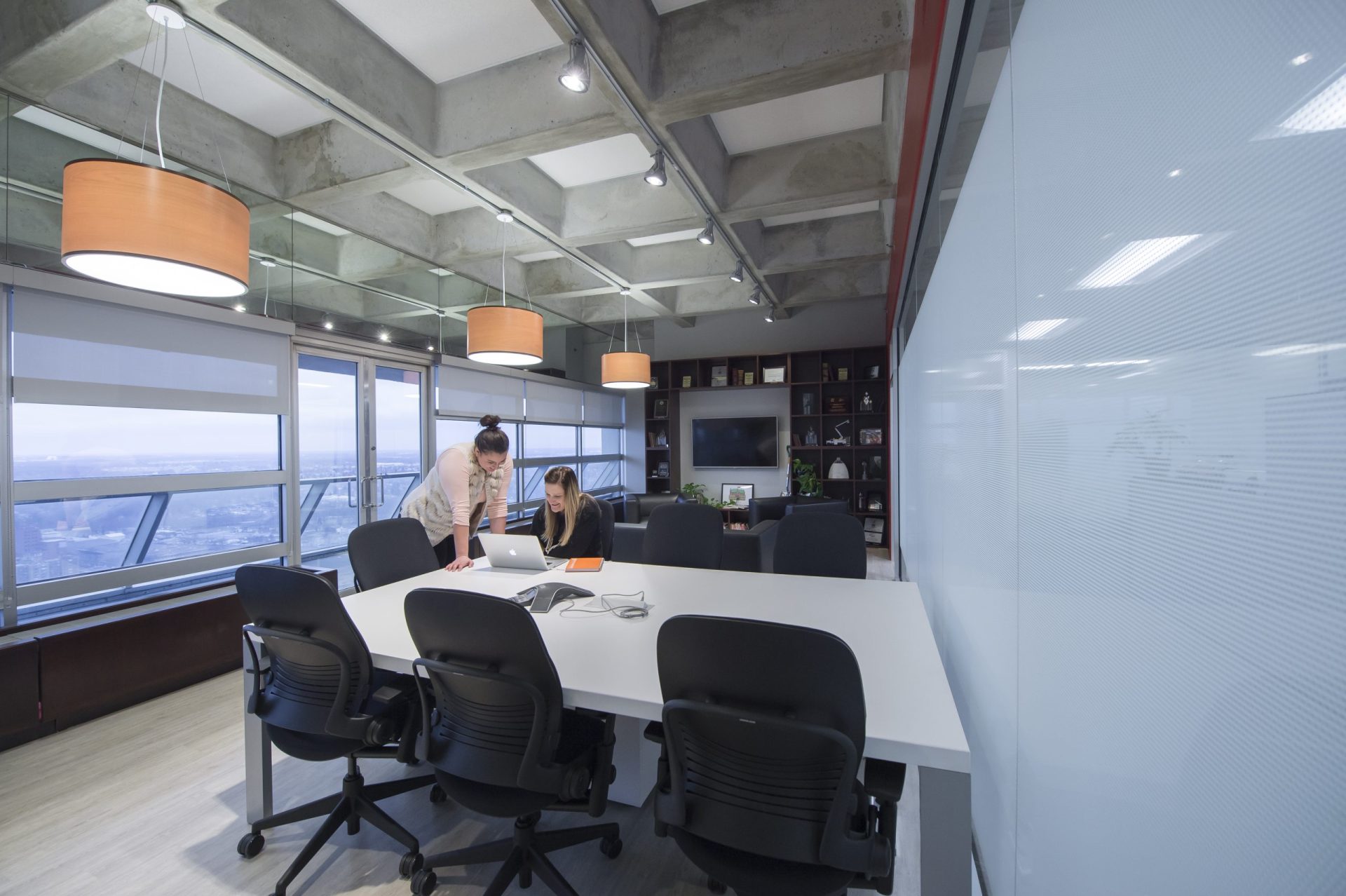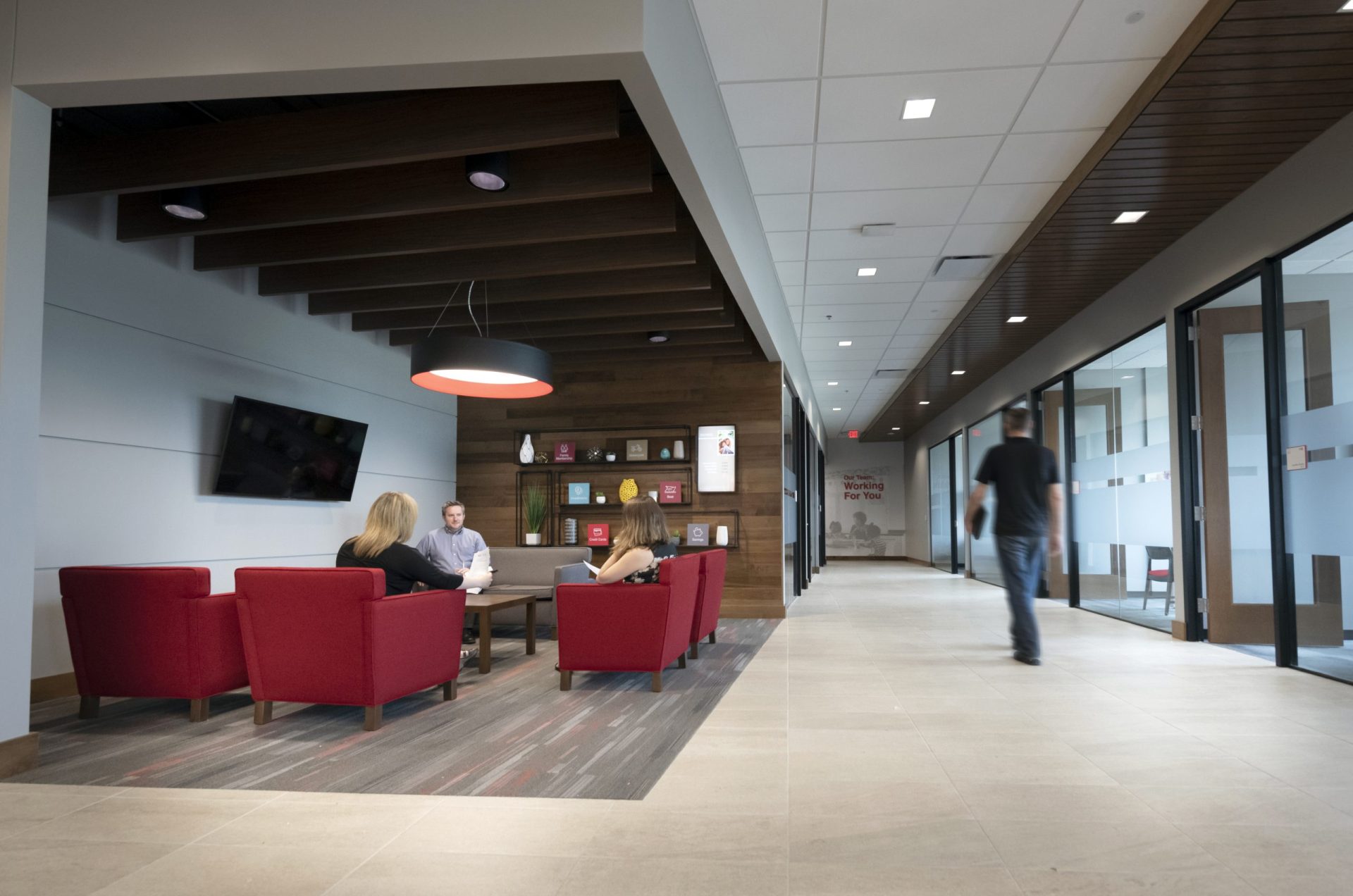A Changing Landscape for Utility Company Buildings
By Matt Elliott, AIA
June 1, 2022Post Tagged in
 |
Utility companies are facing some big decisions when it comes to their buildings, and it’s an issue that is becoming even more pressing as time progresses. Why? Back in the 50’s and 60’s, many utilities buildings were designed and built. These buildings were well-built and made to last for a long time. Now in 2022, the buildings are still standing strong, but the building systems are due for major upgrades. The big decision for utility companies is, do they renovate these original buildings, or do they build new? There are several elements that go into this outside of cost alone that make this decision a difficult one. |




